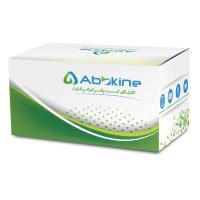Detection of HIV-1 Nucleic Acids by Northern Blotting
互联网
互联网
相关产品推荐

酪蛋白封闭缓冲液,for Northern and Southern blotting, powder blend,阿拉丁
¥992.90

Recombinant-Aedes-aegypti-Elongation-of-very-long-chain-fatty-acids-protein-AAEL008004AAEL008004Elongation of very long chain fatty acids protein AAEL008004 EC= 2.3.1.n8 Alternative name(s): 3-keto acyl-CoA synthase AAEL008004
¥11956

Influenza A H6N1 (A/northern shoveler/California/HKWF115/2007) Hemagglutinin / HA 兔多抗
¥600

C1D/C1D蛋白Recombinant Human Nuclear nucleic acid-binding protein C1D (C1D)重组蛋白1110036E10Rik蛋白
¥1344

γ-氨基丁酸试剂盒,用于样本中GABA含量检测,微量法,GABA Content Detection Kit
¥358
相关问答

